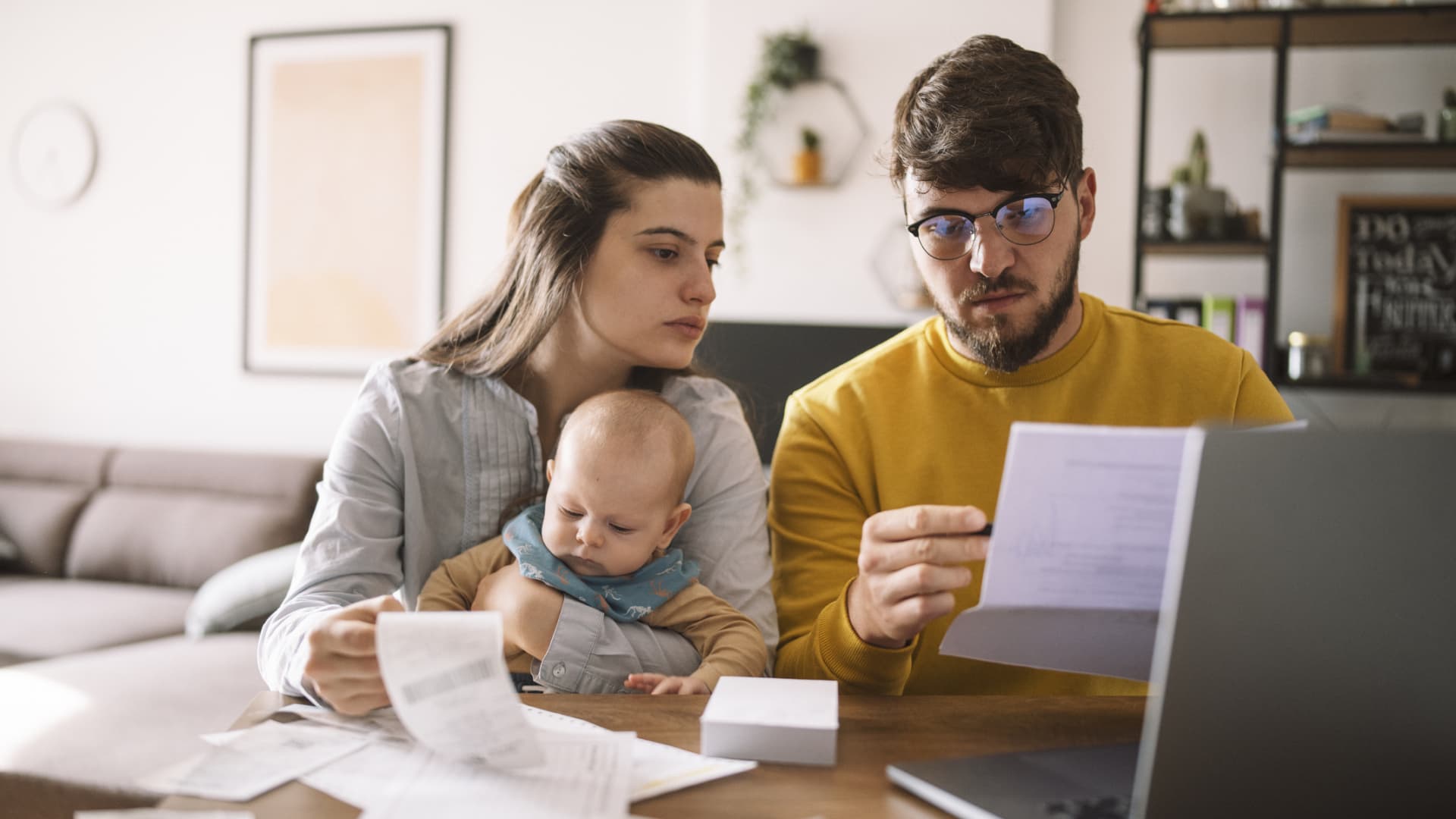The Federal Reserve is likely to pause its aggressive interest rate hikes when it meets this week, experts predict. But consumers may not feel any relief.
The central bank has already raised interest rates 11 times since last year — the fastest pace of tightening since the early 1980s.
Yet recent data is still painting a mixed picture of where the economy stands. Overall growth is holding steady as consumers continue to spend, but the labor market is beginning to loosen from historically tight conditions.
At the same time, inflation has shown some signs of cooling even though it remains well above the central bank’s 2% target.
More from Personal Finance:
Money market funds vs high-yield savings accounts
Women will accept much lower salaries than men
Homeowners say 5% is the magic number to move
Even with a pause, “the one thing that remains very clear is that the Fed is nowhere close to cutting rates,” said Greg McBride, chief financial analyst at Bankrate.com. “Rates remain really high and will stay there for a while.”
The federal funds rate, which is set by the U.S. central bank, is the interest rate at which banks borrow and lend to one another overnight. Although that’s not the rate consumers pay, the Fed’s moves still affect the borrowing and savings rates they see every day.
Here’s a breakdown of how the impact has already been felt:
Credit card rates top 20%
Most credit cards come with a variable rate, which has a direct connection to the Fed’s benchmark rate.
After the previous rate hikes, the average credit card rate is now more than 20% — an all-time high, while balances are higher and nearly half of credit card holders carry the debt from month to month, according to an earlier Bankrate report.
Mortgage rates are above 7%
Although 15-year and 30-year mortgage rates are fixed, and tied to Treasury yields and the economy, anyone shopping for a new home has lost considerable purchasing power, partly because of inflation and the Fed’s policy moves.
The average rates for a 30-year, fixed-rate mortgage “remain anchored north of 7%,” said Sam Khater, Freddie Mac’s chief economist. “The reacceleration of inflation and strength in the economy is keeping mortgage rates elevated.”
Adjustable-rate mortgages, or ARMs, and home equity lines of credit, or HELOCs, are pegged to the prime rate. As the federal funds rate rose, the prime rate did, as well, and these rates followed suit.
Now, the average rate for a HELOC is up to 9.12%, the highest in 22 years, according to Bankrate. “That HELOC is no longer low-cost debt and it warrants a much higher focus on repayment than it has for a long time,” McBride said.
Auto loan rates top 7%
Even though auto loans are fixed, payments are getting bigger because the price for all cars is rising along with the interest rates on new loans.
The average rate on a five-year new car loan is now 7.46%, the highest in 15 years, according to Bankrate.
Experts say consumers with higher credit scores may be able to secure better loan terms or shop around for better deals. Car buyers could save an average of $5,198 by choosing the offer with the lowest APR over the one with the highest, according to a recent report from LendingTree.
Federal student loans are now at 5.5%
Federal student loan rates are also fixed, so most borrowers aren’t immediately affected by the Fed’s moves. But undergraduate students who take out new direct federal student loans are now paying 5.50% — up from 4.99% in the 2022-23 academic year and 3.73% in 2021-22.
For those with existing debt, interest is now accruing again as of Sept. 1. In October, millions of borrowers will make their first student loan payment after a three-year pause.
Private student loans tend to have a variable rate tied to the Libor, prime or Treasury bill rates — and that means that those borrowers are already paying more in interest. How much more, however, varies with the benchmark.
Deposit rates at some banks are up to 5%
While the Fed has no direct influence on deposit rates, the yields tend to be correlated to changes in the target federal funds rate. The savings account rates at some of the largest retail banks, which were near rock bottom during most of the Covid pandemic, are currently up to 0.43%, on average, according to the Federal Deposit Insurance Corporation, or FDIC.
Average rates have risen significantly in the last year, but they are still very low compared to online rates, according to Ken Tumin, founder of DepositAccounts.com.
Thanks, in part, to lower overhead expenses, top-yielding online savings account rates are now paying over 5%, according to Bankrate, which is the most savers have been able to earn in more than 15 years.
However, if the Fed skips a rate hike at its September meeting, then those deposit rate increases are likely to slow, Tumin said.
